This article was co-authored by Chris M. Matsko, MD. Dr. Chris M. Matsko is a retired physician based in Pittsburgh, Pennsylvania. With over 25 years of medical research experience, Dr. Matsko was awarded the Pittsburgh Cornell University Leadership Award for Excellence. He holds a BS in Nutritional Science from Cornell University and an MD from the Temple University School of Medicine in 2007. Dr. Matsko earned a Research Writing Certification from the American Medical Writers Association (AMWA) in 2016 and a Medical Writing & Editing Certification from the University of Chicago in 2017.
There are 16 references cited in this article, which can be found at the bottom of the page.
This article has been viewed 30,076 times.
A transient ischemic attack (TIA) is a "mini-stroke" during which blood supply to the brain is temporarily blocked. The symptoms of TIA are the same as those of a stroke, except that in the case of TIA, symptoms go away within minutes to an hour. However, TIA is a serious condition that increases your risk of developing a stroke or heart attack. To prevent a stroke following a TIA you can make specific lifestyle changes and work with your doctor to develop a medication plan.
Steps
Recognizing a TIA
-
1Recognize the severity of the condition.[1] Both TIA and a stroke are medical emergencies. Although TIA resolves spontaneously on its own, it's important to diagnose and treat it as soon as possible. Early diagnosis and treatment can help reduce the potential of experiencing a stroke that can have more serious repercussions.
- The early risk of stroke can be as high as 17% at 90 days after suffering TIA.
-
2Seek immediate medical attention if you experience symptoms. The symptoms of a TIA are very similar, if not identical to those of a stroke. However, while a TIA only lasts a few minutes and the symptoms of TIA resolve within an hour without medical intervention, a stroke needs medical treatment for recovery. If you experience TIA, there's a high chance that you'll have a disabling stroke in the following hours or days.[2] As such, you should get emergency medical attention if you experience TIA/stroke symptoms.Advertisement
-
3Look for sudden weakness in the limbs. When experiencing TIA or stroke, people may lose coordination or be unable to walk or stand steady on their feet. They may also lose the ability to keep both arms raised above their heads. The symptoms that affect the limb often affect just one side of the body.
- If you suspect a problem, have the person try to pick up small and large objects. If she has trouble, she is losing coordination.
- Have her try to write something so you can observe any loss of fine motor control.
-
4Don't ignore sudden, severe headaches. Two types of stroke — ischemic and hemorrhagic — can cause this symptom. In ischemic conditions, oxygen-rich blood is blocked in the brain by an occluded blood vessel. In hemorrhagic conditions, a blood vessel bursts and leaks blood into the brain. In both cases, the brain reacts with inflammation. This response and tissue death can cause a sudden and severe headache.[3]
-
5Notice any change in eyesight. The retinal nerve connects the eye to the brain. If the same conditions that cause the headache symptoms — blocked blood flow and leaked blood — occur around this nerve, eyesight is affected. You may experience double vision or lose vision in one or both eyes.[4]
-
6Watch for confusion and speech problems. This symptom is caused by poor oxygen delivery to the area of the brain that controls speech and understanding. People having TIA or a stroke will have trouble speaking or understanding what other people are saying. Along with this loss of ability, patients may seem confused or panicked as they realize they can no longer speak or understand speech.[5]
-
7Memorize the acronym "FAST." The acronym FAST was designed to help people quickly remember and identify the symptoms of TIA and strokes. Early diagnosis and treatment will often result in better outcomes.[6]
- Face: Is the person’s face drooping? Ask him to smile to determine if one side is drooping.
- Arms: People affected by a stroke may not be able to hold both arms above their head equally. One side may begin to drift downward or they may not be able to raise it at all.
- Speech: During a stroke a person may experience the inability to speak or to understand what is being said to him. He may be confused or frightened by his sudden change in abilities.
- Time. TIA or a stroke is an emergency and requires immediate medical attention. Do not delay to see if the symptoms resolve on their own. Call your local emergency phone number for immediate care. The longer it takes to treat the stroke, the more damage it will cause.
Preventing a Stroke After TIA
-
1Ask for a cardiac evaluation. After you've had TIA, the doctor needs to assess you for heart problems immediately to see if you are at risk of stroke. One of factors that most commonly leads to the development of a stroke is "atrial fibrillation." Patients experiencing this condition have irregular, rapid heartbeats. They often feel weak and have trouble breathing from the resulting poor blood flow.[7]
-
2Talk with your physician about preventative medication. If you have an abnormal heartbeat after your TIA, you are at risk of developing blood clots that could lead to stroke. The doctor may recommend anticoagulant drugs like Warfarin (coumadin) or aspirin as a long-term treatment to prevent blood clot formation if you're at least 40 years old. Antiplatelet drugs he or she may consider to prevent clots include Plavix, Ticlid or Aggrenox.[8]
-
3Have any surgeries your doctor recommends. Depending on her evaluation of your case, the doctor may recommend a medical procedure to reduce your risk of stroke. In this case, imaging studies will show blockages that can be treated with one of the following procedures:[9]
- An endarterectomy or angioplasty to open blocked carotid arteries
- An intra-arterial thrombolysis to break up small blood clots in your brain
-
4Maintain a healthy blood pressure (BP). High BP increases the pressure against arterial walls, which can, in turn, make an artery leak or burst, causing a stroke. Your physician will prescribe blood pressure medication that you should take as directed. He will require regular checkups to determine the effectiveness of your treatment. Along with medication, you must make the following lifestyle changes to lower your BP:[10]
- Stress reduction: Stress hormones increase blood pressure.
- Sleep: Get at least eight hours of sleep a night. Sleep deficiency can increase stress hormones, negatively impact neurological health, and increase the risk of becoming overweight.
- Weight control: The heart has to work harder to pump blood when you're overweight, raising your BP.
- Alcohol: Excess alcohol damages the liver, which increases your blood pressure.
-
5Control your blood glucose. If you have diabetes or otherwise high blood glucose, it can damage your smallest blood vessels (microvessels) and kidneys. Kidney function is important in the control of blood pressure. By controlling diabetes, you improve your kidney health and reduce the risk of high BP — a risk factor for stroke.[11]
-
6Stop smoking. Smoking increases the risk of stroke to both the smoker and those who are exposed to secondhand smoke. It increases the formation of clots, thickens the blood, and increases plaque buildup in your arteries. Speak with your doctor about strategies for quitting or medications that might help you achieve your goal. You might consider joining a support group like Nicotine Anonymous.[12]
- Be forgiving of yourself if you give in and smoke a couple of times before you finally quit for good.
- Keep working toward your final goal, and push past the times you fell short.
-
7Manage your weight. Obesity is defined as a body mass index (BMI) of 31 or higher. It's an independent risk factor for congestive heart disease, premature death, and high BP. While obesity is not itself an independent risk factor for stroke or TIA, it's related to factors that increase that risk. So while it doesn't directly cause stroke, there's a clear (though complex) link between obesity and stroke.[13]
-
8Exercise regularly on your doctor's recommendation. If your doctor doesn't think you're ready for exercise yet, don't strain your heart and risk stroke or injury. But once your doctor approves it, you should get at least 30 minutes a day. Exercise has been found to reduce the risk factors for stroke and the other risk factors associated with stroke.
- Aerobic exercises like jogging, walking, and swimming are good for reducing blood pressure. Avoid high-intensity activities like weightlifting or sprinting that can cause a rapid BP spike.
-
9Take all medication as prescribed.Depending on the medication you’re taking, you may need to take it for the rest of your life. You can’t feel high blood pressure or whether your blood needs antiplatelet medication. You should never stop taking medicine just because you "feel okay now." Instead, trust the tests your doctor does to assess your BP and blood clotting values. The doctor's interpretation of your test results will let you know if you still need medicine — not how you feel.[14]
Warnings
- TIA is a medical emergency and requires immediate care. Seek medical attention immediately to begin medications and medical interventions which may reduce your risk of a stroke.⧼thumbs_response⧽
References
- ↑ http://archinte.jamanetwork.com/article.aspx?articleid=770035
- ↑ http://www.ncbi.nlm.nih.gov/pmc/articles/PMC3134717/
- ↑ https://www.nhs.uk/conditions/stroke/symptoms/
- ↑ http://my.clevelandclinic.org/health/diseases_conditions/stroke/hic_Transient_Ischemic_Attack_TIA
- ↑ http://my.clevelandclinic.org/health/diseases_conditions/stroke/hic_Transient_Ischemic_Attack_TIA
- ↑ http://www.stroke.org/understand-stroke/recognizing-stroke/act-fast
- ↑ http://www.aafp.org/afp/1999/1115/p2329.html
- ↑ http://www.aafp.org/afp/1999/1115/p2329.html
- ↑ https://www.nia.nih.gov/health/stroke
About This Article
If you’ve had a transient ischemic attack, ask your doctor for a cardiac evaluation to see whether you're at risk for a stroke. Your doctor may advise an anti-coagulant medication, like Warfarin or aspirin. Additionally, follow your doctor's advice on whether you need surgery to unblock carotid arteries or break up small blood clots in your brain. Then, reduce your stress levels by performing activities like meditation, since stress can increase your blood pressure. Make sure to sleep for at least 8 hours a night, since a lack of sleep causes high blood pressure, which makes strokes more likely. For tips from our Medical co-author on how to tell if you’ve had a transient ischemic attack, read on!
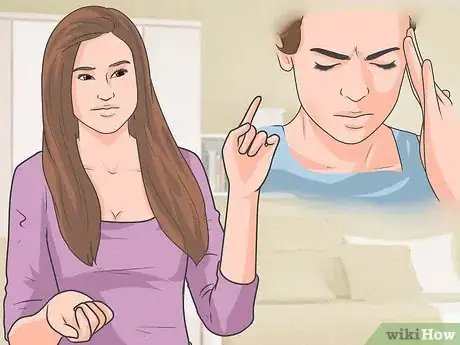
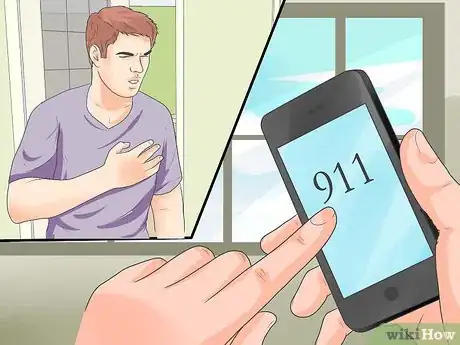
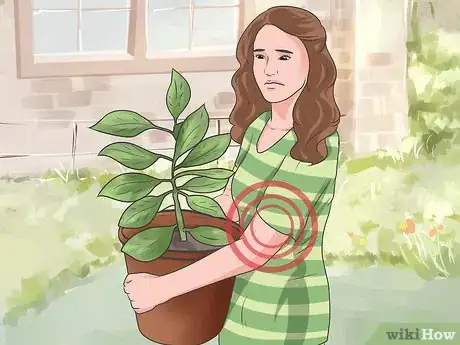
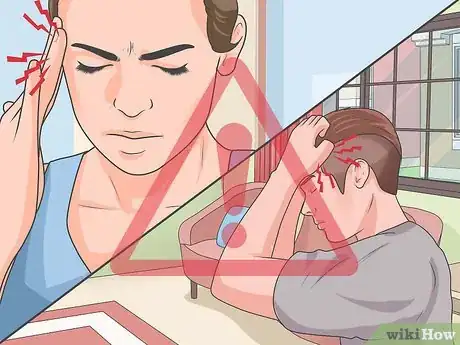

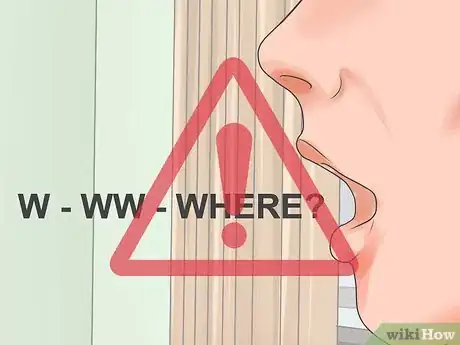
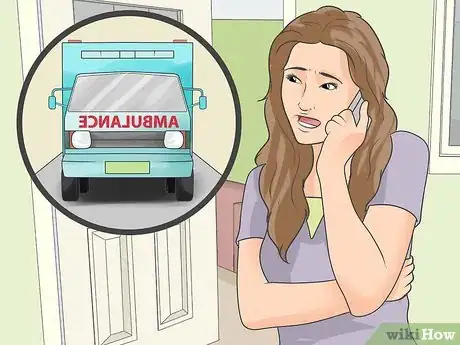
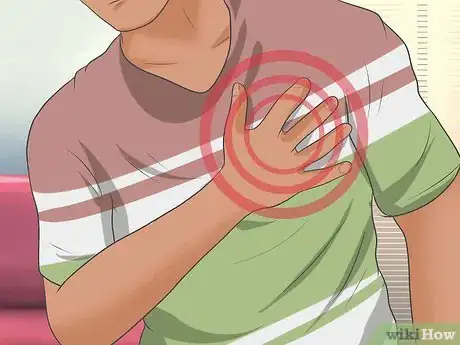
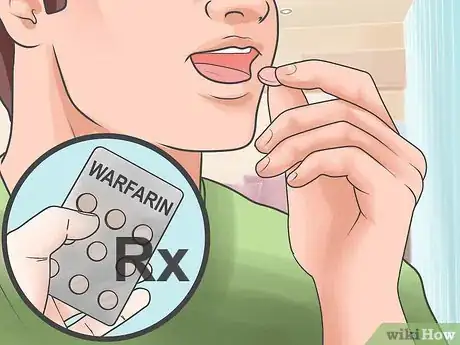
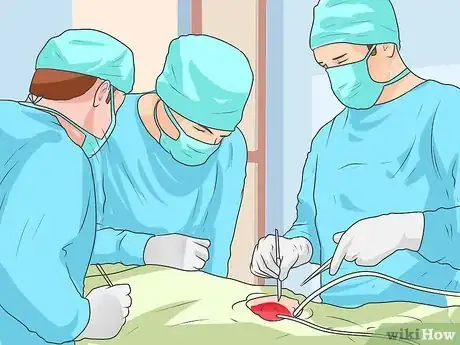
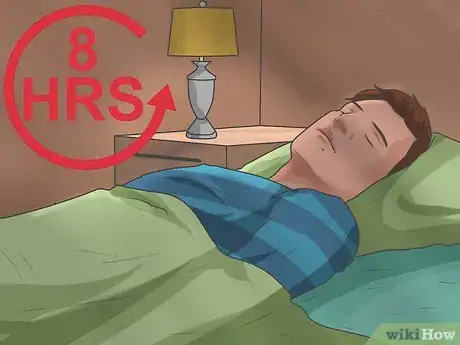
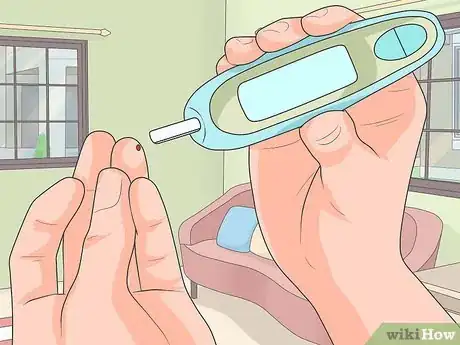
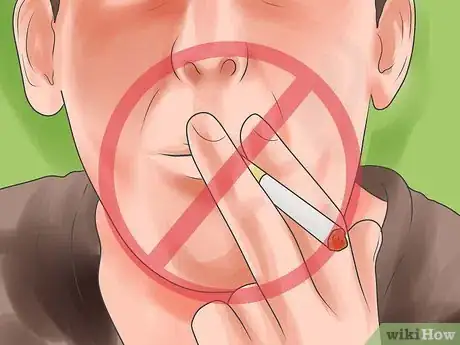
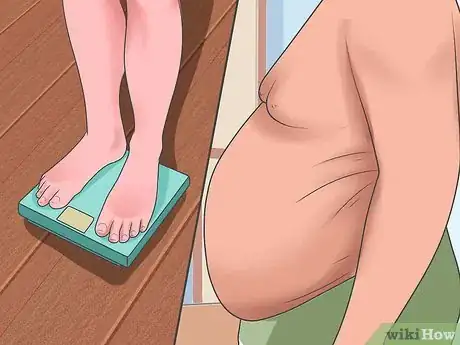
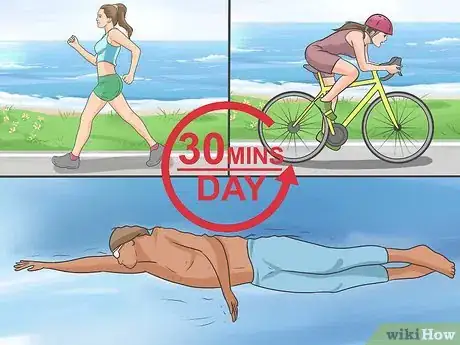
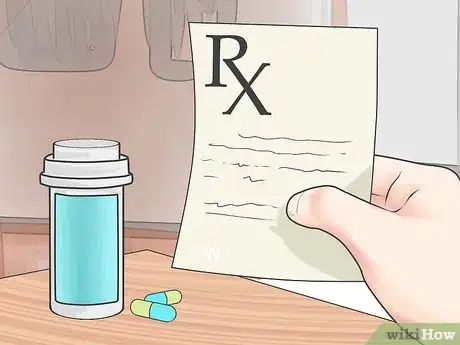

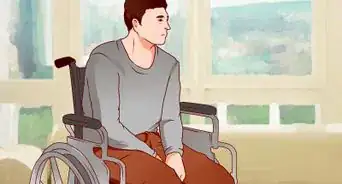
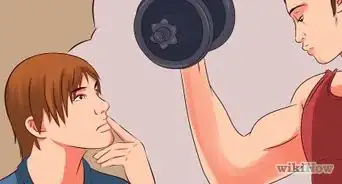

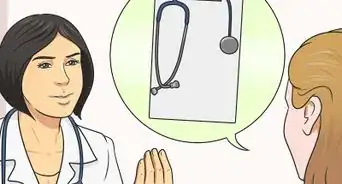










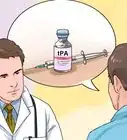

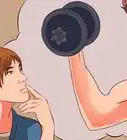
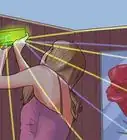



































Medical Disclaimer
The content of this article is not intended to be a substitute for professional medical advice, examination, diagnosis, or treatment. You should always contact your doctor or other qualified healthcare professional before starting, changing, or stopping any kind of health treatment.
Read More...